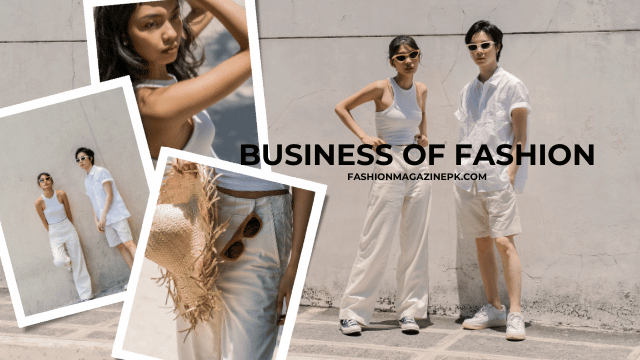Introduction:
Contents
In the ever-evolving landscape of fashion, where trends come and go like the seasons, the business behind the glamour often goes unnoticed. Behind the runway shows and glossy magazine covers lies a complex web of creativity, commerce, and consumer behavior. Let’s unravel the threads of the fashion industry and explore the intricacies of its business side.
-
The Intersection of Art and Commerce:
- Fashion is not just about aesthetics; it’s a multibillion-dollar industry driven by both artistic expression and commercial viability.
- Designers must strike a delicate balance between creativity and profitability, often facing pressures to cater to consumer demands while maintaining their brand identity.
-
From Concept to Consumer:
- The journey of a fashion piece begins with inspiration and design, followed by sourcing materials, manufacturing, and distribution.
- Each stage involves a network of suppliers, manufacturers, wholesalers, and retailers, all working together to bring the designer’s vision to life.
- With the rise of fast fashion and e-commerce, the traditional fashion supply chain has undergone significant disruption, prompting brands to rethink their strategies for efficiency and sustainability.
-
The Power of Branding:
- In a crowded marketplace, branding is crucial for differentiation and consumer loyalty.
- Successful fashion brands understand the importance of storytelling, building emotional connections with their audience, and cultivating a distinct identity.
- Social media has emerged as a powerful tool for brand building, allowing fashion houses to engage directly with consumers and shape their brand narrative in real-time.
-
Trends and Forecasting:
- Anticipating consumer preferences and staying ahead of trends is essential for success in the fashion industry.
- Fashion forecasting involves analyzing cultural, social, and economic factors to predict future trends in colors, styles, and fabrics.
- Data analytics and AI technologies are increasingly being utilized to gather insights from social media, sales data, and other sources, enabling brands to make informed decisions and minimize risk.
-
Sustainability and Ethics:
- With growing awareness of environmental and social issues, sustainability has become a major focus for the fashion industry.
- Consumers are increasingly demanding transparency and accountability from brands, driving a shift towards ethical sourcing, responsible manufacturing practices, and circularity.
- Sustainable fashion isn’t just a trend; it’s a business imperative, with brands recognizing the long-term benefits of reducing their environmental footprint and fostering positive social impact.
Conclusion:
- The business of fashion is a complex and dynamic ecosystem, shaped by creativity, consumer behavior, and global trends.
- Success in this industry requires not only talent and vision but also strategic thinking, adaptability, and a deep understanding of the market.
- As fashion continues to evolve, businesses must embrace innovation, sustainability, and inclusivity to thrive in an ever-changing landscape.
Whether you’re a designer, entrepreneur, or fashion enthusiast, navigating the business of fashion requires a keen eye for detail, a passion for creativity, and a willingness to embrace change. So, as we continue to unravel the threads of this fascinating industry, let’s remember that behind every stylish garment lies a story of innovation, collaboration, and the pursuit of beauty.




